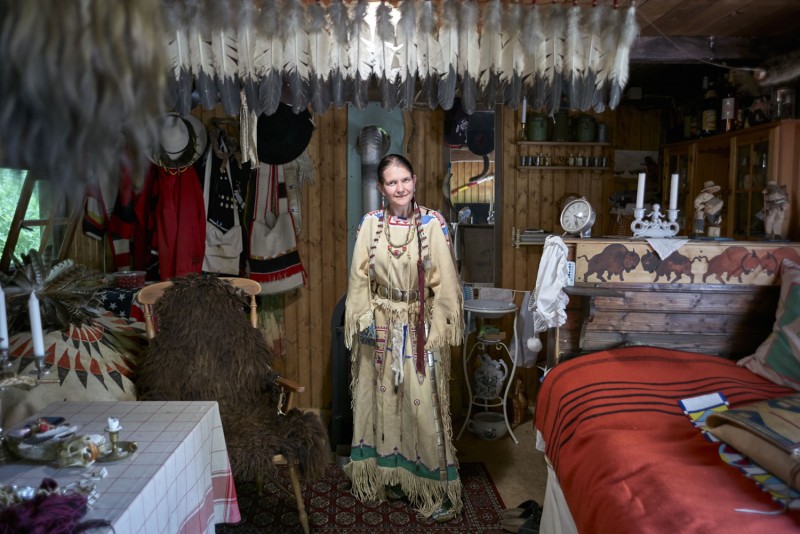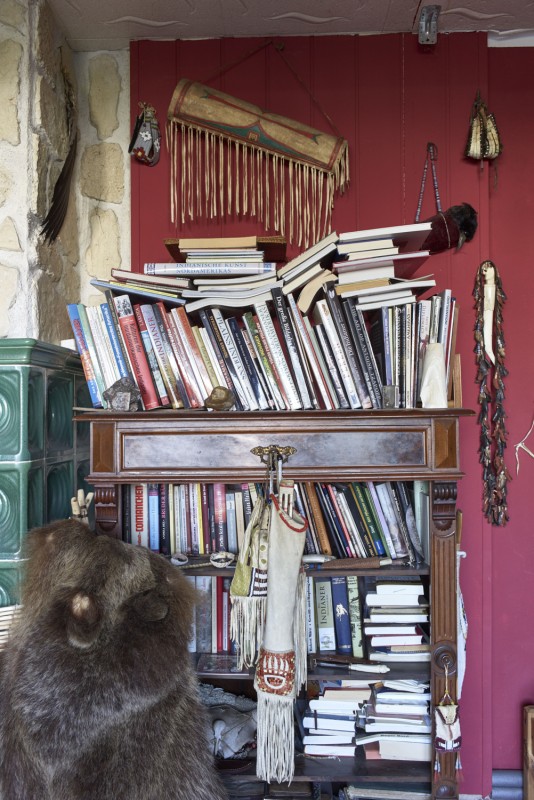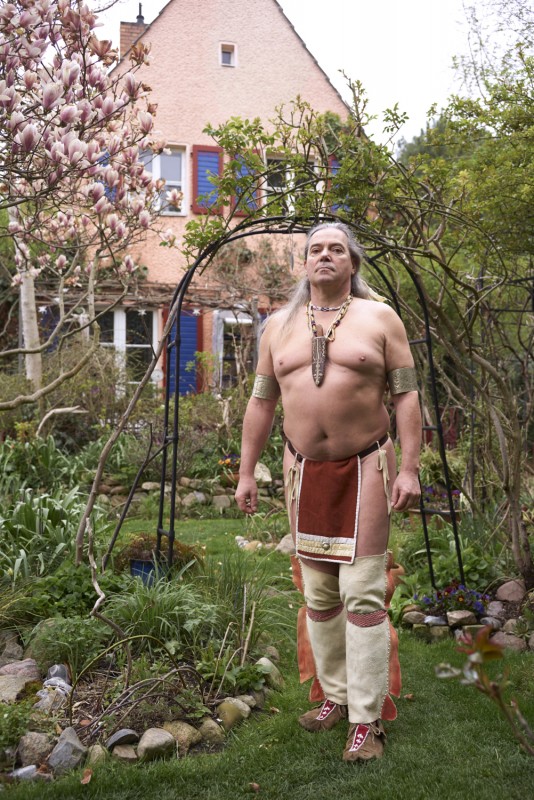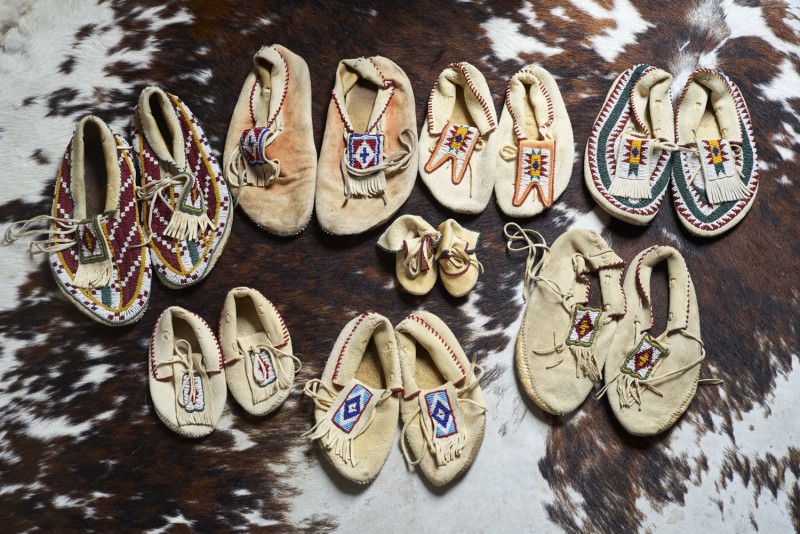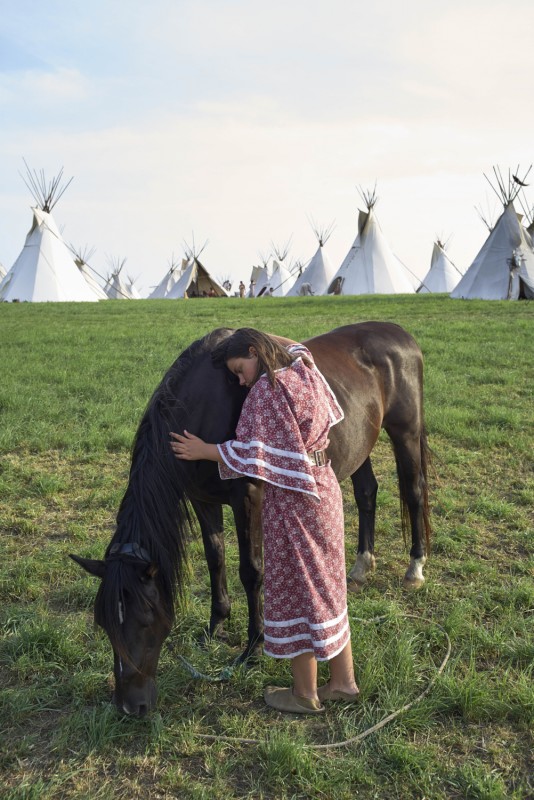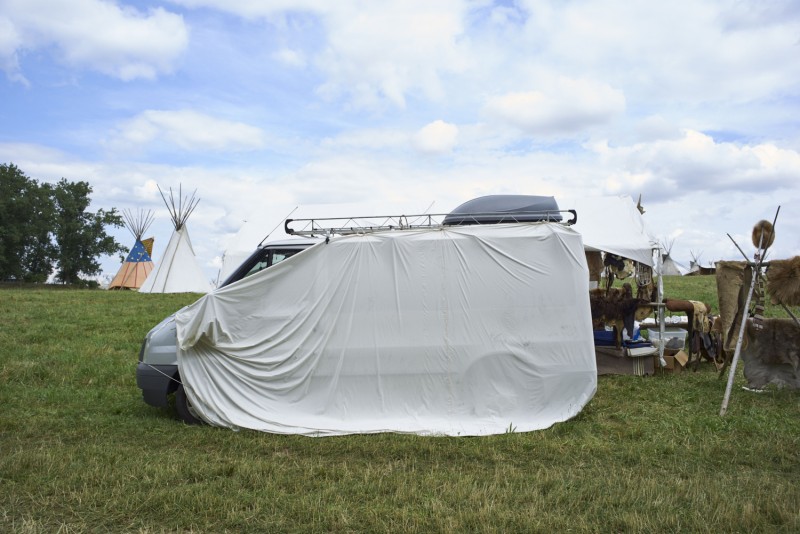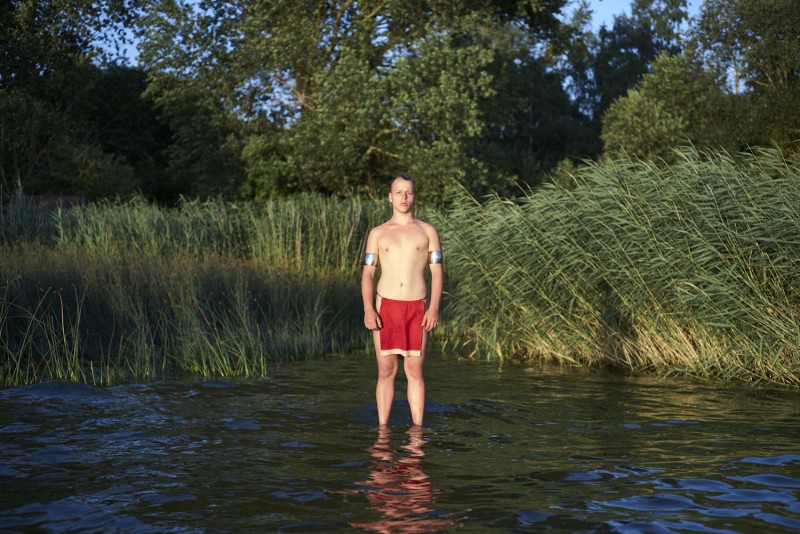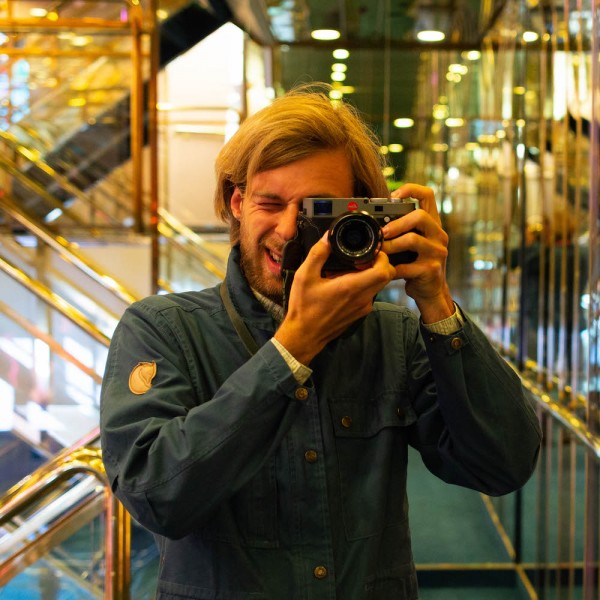The Wild West in the East
The Wild West in the East
Jascha Fibich
April 25, 2022
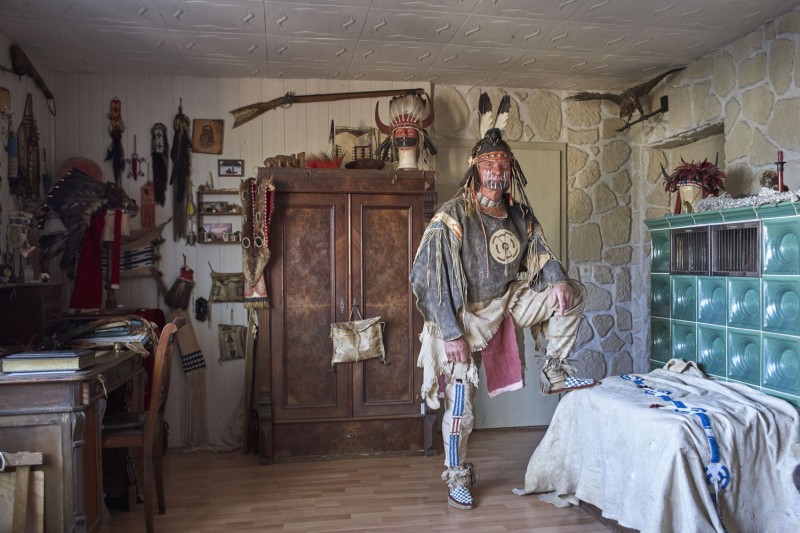
LFI: Native American studies as a hobby? What is it that so intrigues people – especially in the east of the country?
Jascha Fibich: Native American enthusiasts try to recreate the lifestyle of the indigenous people of North America in the 19th century. The main activities revolve around producing hand-made clothes and accessories, and holding special festive events. In the GDR, there were 45 interest groups dealing with Native American studies, with a total of over 1,000 members. I think that, for some people, the involvement with the Wild West became one way of overcoming the travel ban. For others, it was a sense of solidarity with the American Indian liberation movement that was more important. Curiously, in West Germany the scene was far more focussed on cowboys and trappers. There are many parallels between Native American studies and the history of the two Germanys.
How did you approach these people? What was their reaction to your photographic project?
I sat around the campfire at night, during Indian Week, and I got to know people. Many were put off initially, because they'd had negative experiences with other photographers who had exposed them and made them look ridiculous. In fact, they are proud to show off their elaborate outfits and to speak about their hobby. In addition to their Native American studies, they have normal professional lives. Yet, a connection to nature, a sustainable life and spirituality play a big role for many of them.
What did you consider was important to show?
The degree of fascination and dedication with which these Native American enthusiasts pursued their hobby amazed me. My photographic work aims to incite reflection on our understanding of 'authenticity', when it comes to the representation of indigenous peoples.
What significance do your pictures have for the discourse on cultural appropriation?
A large majority of people from my and earlier generations grew up with stories and adventure movies, in which the North American indigenous people were portrayed in a very cliché-like manner. It's important to reflect on these images, and to ask ourselves what we consider 'authentic', and why. My photo series can represent a reason to question one's own clichés in relation to the discussion on cultural appropriation.
You photographed with the Leica M-E 240. What was the experience like?
Only 'authentic' clothing is allowed at Indian Week. So, as a photographer, I spent a week in leather pants and moccasins, looking for motifs and sleeping in a teepee. The way a Leica looks reminds many people of an analogue camera; so I was able to take pictures around the camp, without much fuss.
Jascha Fibich+-
Born in 1995, Jascha Fibich studied Photography and Communications Design at Bauhaus University in Weimar; at HGB Leipzig; and at ECAL in Lausanne, Switzerland. He currently works as a lecturer at the Bauhaus University Weimar, and as a freelance photographer. More

